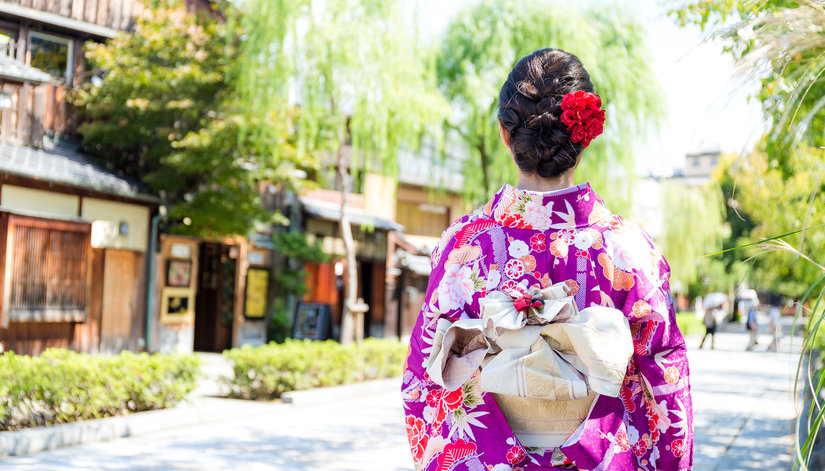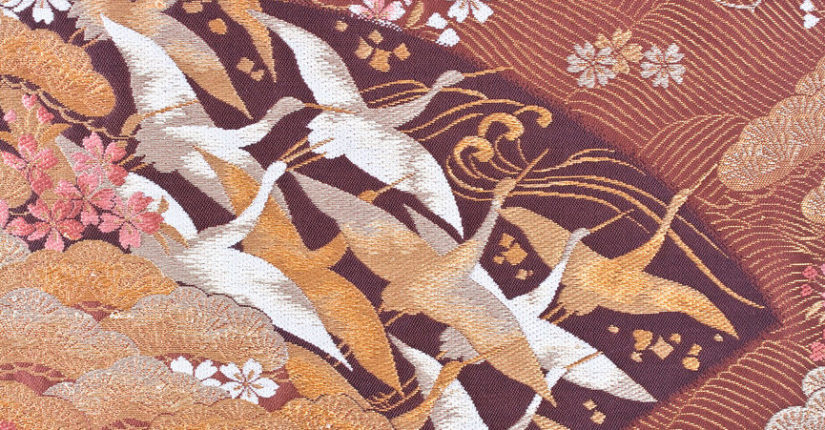
Both kimono and yukata are traditional Japanese robes. Known for their beauty, style and traditional aesthetic, they come in a wide variety of vibrant colours and patterns, often floral. Kimono and yukata are full-length, T-shaped robes that have long sleeves and are secured in place with a decorative belt. There are a number of rules for when and how to wear kimono and yukata, known as kitsuke. The rules for kimono are much stricter as they are considered formalwear, while rules for wearing yukata are more relaxed.
Continue reading “What is the difference between kimono and yukata?”
